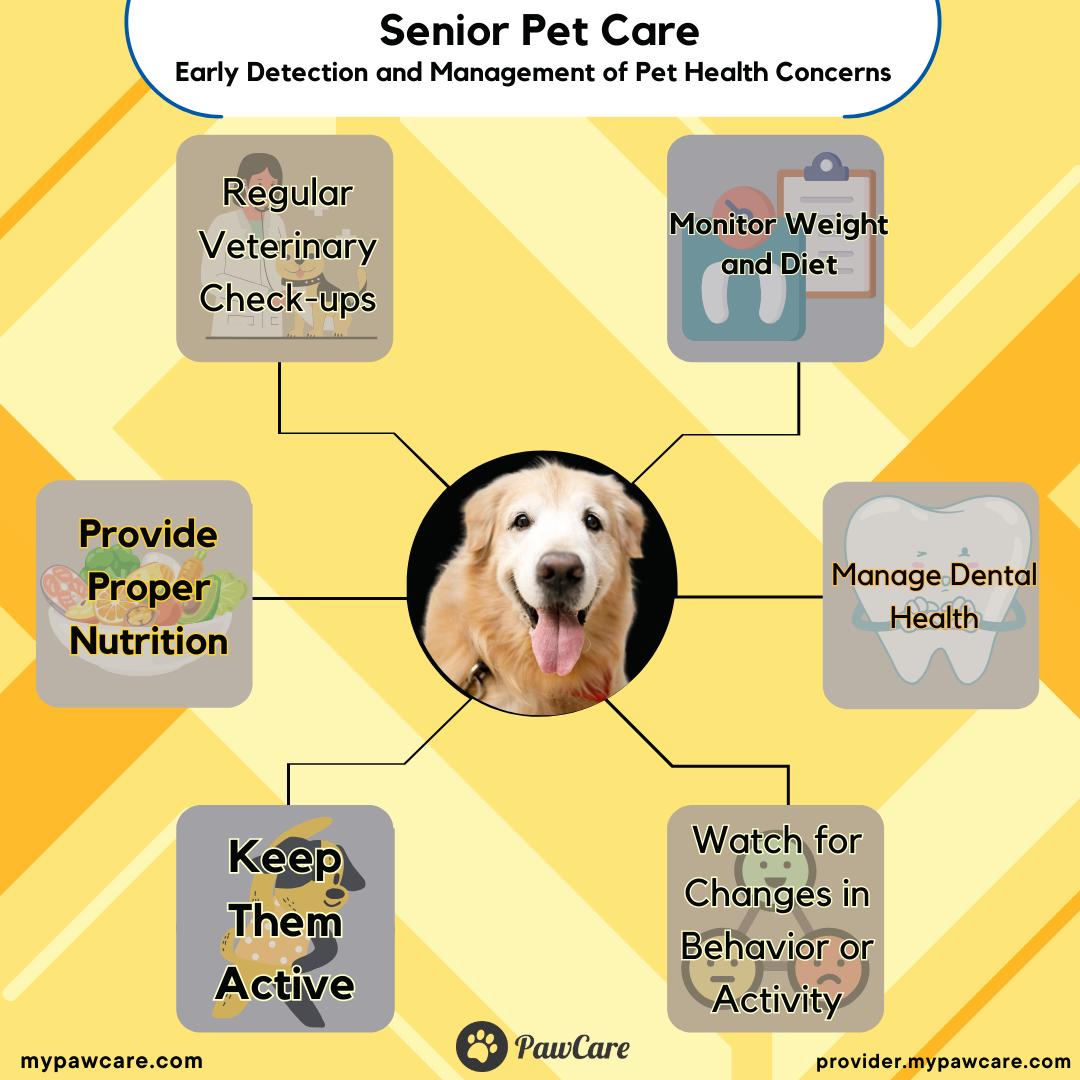As our beloved canine companions age, their needs and routines often require thoughtful adjustments to ensure their comfort and well-being. Among these considerations is the frequency of grooming, an essential aspect of pet care that can significantly impact a senior dog’s quality of life. While regular grooming is crucial for maintaining a dog’s health and hygiene, the question arises: should senior dogs be groomed less often? In this article, we will explore the unique grooming needs of older dogs, providing guidance on how to tailor grooming practices to suit their changing requirements. With a warm and understanding approach, we’ll delve into the factors that influence grooming frequency for senior dogs, offering practical tips to help you keep your furry friend healthy, happy, and comfortable in their golden years.
Understanding the Unique Grooming Needs of Senior Dogs
As our furry companions age, their grooming needs evolve, requiring a more attentive approach. While senior dogs may not need grooming as frequently as younger pups, regular maintenance remains crucial for their overall health and comfort. Here are some key considerations:
- Coat and Skin Health: Aging can lead to changes in a dog’s skin and coat, such as dryness or thinning fur. Gentle, moisturizing shampoos can help maintain skin health, and regular brushing can stimulate blood circulation and distribute natural oils.
- Nail Care: Older dogs might be less active, leading to reduced natural nail wear. Regular trimming is essential to prevent discomfort or mobility issues.
- Ear and Dental Care: Senior dogs may be more prone to ear infections and dental issues. Routine ear cleaning and dental checks are vital to avoid infections and maintain overall health.
Adjusting the grooming routine to suit their unique needs can significantly enhance their quality of life, ensuring they remain comfortable and happy in their golden years.
Adapting Grooming Routines for Your Aging Canine Companion
As our canine companions age, their grooming needs evolve, requiring a more sensitive and tailored approach. It’s not necessarily about grooming them less often, but rather adapting the process to suit their changing needs. Senior dogs may experience more sensitive skin, reduced mobility, and conditions such as arthritis, which necessitate gentler handling and patience during grooming sessions. Here are a few key considerations to keep in mind:
- Gentle Brushing: Opt for soft-bristle brushes or grooming gloves that are less abrasive on their skin.
- Regular Nail Trimming: Older dogs might be less active, leading to longer nails that can cause discomfort or affect their gait.
- Moisturizing Baths: Use hypoallergenic and moisturizing shampoos to maintain skin health, avoiding any potential irritants.
- Ear and Dental Care: Pay extra attention to their ears and teeth, as these areas can be prone to infections and other issues in senior dogs.
Patience and observation are your best tools. Watch for signs of discomfort or pain, and always be ready to adjust the grooming routine as needed. Involving your vet or a professional groomer can also provide additional insights into maintaining your senior dog’s comfort and well-being.

Recognizing Signs That Your Senior Dog Needs a Grooming Break
As our furry companions age, it’s crucial to observe their behavior and comfort levels during grooming sessions. Some senior dogs may exhibit signs indicating that they need a break from their regular grooming routine. Look out for changes in their demeanor; if your dog becomes more anxious or shows signs of stress during grooming, it might be time to reconsider the frequency. Additionally, pay attention to their physical health. Conditions such as arthritis or other joint issues can make certain grooming positions uncomfortable or even painful for them.
- Increased Agitation: If your dog is restless or agitated during grooming, they might be trying to communicate discomfort.
- Visible Signs of Discomfort: Limping or difficulty standing could indicate that grooming is physically taxing.
- Changes in Skin and Coat: Noticeable thinning or sensitivity in their coat might suggest a need for gentler grooming.
- Health Issues: Pre-existing conditions like arthritis can make prolonged grooming sessions uncomfortable.
Recognizing these signs early can help you make informed decisions about adjusting your grooming schedule to better suit your senior dog’s needs. Always consult with your veterinarian if you notice any significant changes in behavior or health related to grooming.

Expert Tips for Keeping Your Senior Dog Comfortable During Grooming Sessions
Ensuring your senior dog remains comfortable during grooming sessions requires a gentle touch and some strategic planning. Comfort is key when dealing with older pets, as they may have arthritis, sensitive skin, or other health issues. Here are some expert tips to help you navigate this process:
- Take it Slow: Allow for plenty of time during grooming sessions. Short, frequent sessions can be more tolerable than long, exhaustive ones.
- Use Supportive Equipment: Consider using a non-slip mat to provide extra grip and a soft cushion for them to stand or sit on.
- Gentle Products: Opt for hypoallergenic shampoos and conditioners that are free from harsh chemicals to avoid irritating their skin.
- Warm Environment: Ensure the grooming area is warm to prevent chills, especially when bathing.
- Positive Reinforcement: Offer treats and praise throughout the session to keep their spirits high and reduce anxiety.
By incorporating these strategies, you can help make grooming a more pleasant experience for your senior dog, ensuring they remain comfortable and stress-free.

